Cashing in on coal: Australia shows little sign on shutting down its mines
As nations wrestle with how to rein in climate change, Australia appears content to supply the developing-world with the fossil fuel it craves, writes Michael E. Miller
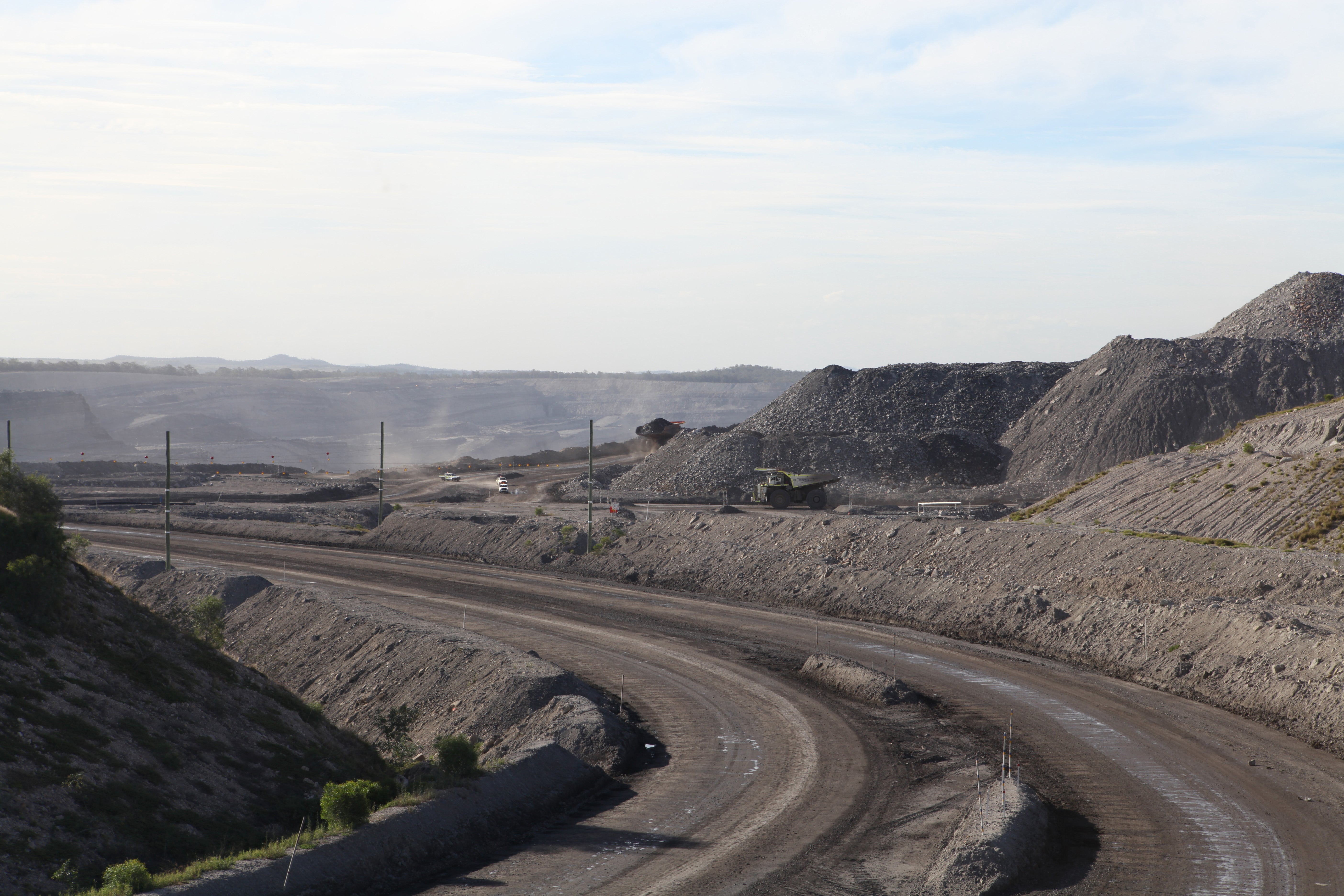
Long before daylight spills over the mountains and slag heaps surrounding this coal-mining town, burly men in black-stained uniforms begin to fill its coffee shops and gas stations, stocking up on caffeine ahead of 12-hour shifts.
As trucks clog the still-dark streets, trains laden with coal rumble past packed motels, and restaurants with “Help wanted” signs in the windows fire up their grills.
Ten thousand miles from the conference rooms of Glasgow, Scotland, where officials plot the planet’s path away from fossil fuels, Australia, the world’s second-biggest coal exporter, shows little sign of changing course.
“If mining stopped here, then all this country would be gone,” says Nevena Vojinovic from behind the counter at Ni's Cafe 45 in downtown Singleton, where half a dozen dusty diggers lined up for coffee and sausage rolls before dawn last week.
As governments wrestle with how to rein in climate change, Australia appears content to cash in on developing-world demand for coal that is unlikely to abate any time soon.
When prime minister Scott Morrison reluctantly agreed last month to go carbon-neutral by 2050, the man who once brought a lump of coal into parliament promised that his plan – which was short on details and long on speculative technology – would not crimp coal exports nor cost miners their jobs.
“We have said very clearly we are not closing coal mines and we are not closing coal-fired power stations,” minister for resources Keith Pitt said last week.
Here in the Hunter Valley, a hub of Australia’s coal industry about two hours north of Sydney, high coal prices have only deepened the region’s reluctance to ditch the black stuff.
“When the price is high and the mines are doing well, everything in town is doing well,” says mayor Sue Moore.
Coal mines in the state and country have declined in number by more than a third in the past decade, but the quantity of coal exported per year has soared as mines have expanded
While the state of New South Wales has begun to back renewable energy, its pledge to halve emissions by 2030 is undercut by its continued approval of new mines as well as expansions of existing ones, critics argue.
“We’re still transitioning into coal,” says Richard Denniss, chief economist at the Australia Institute, a left-leaning think tank, citing a surge in recent applications for coal projects in the state. “There is no transition away from coal.”
The stasis is evident on the streets of Singleton, where stores sell neon orange and yellow mining apparel and a coal company sponsors the local government’s hall of fame. A billboard on the edge of town sums up the prevailing sentiment: “Mining Matters.”
Even as Australia’s power companies begin to shut coal-fired plants and shift to renewable energy, its mines plan to keep digging and exporting coal for decades to come.
“As long as other countries are willing to buy it from us, we’re going to be mining coal,” says Godfrey Adamthwaite, a retired third-generation mineworker who serves on the Singleton shire council.
“I’m 74,” he says. “There is no way in the world I’ll see the end of coal.”
The dark grey dust is everywhere Alan and Judith Leslie look: in their water tank, on their family photos and, they now fear, in their lungs.
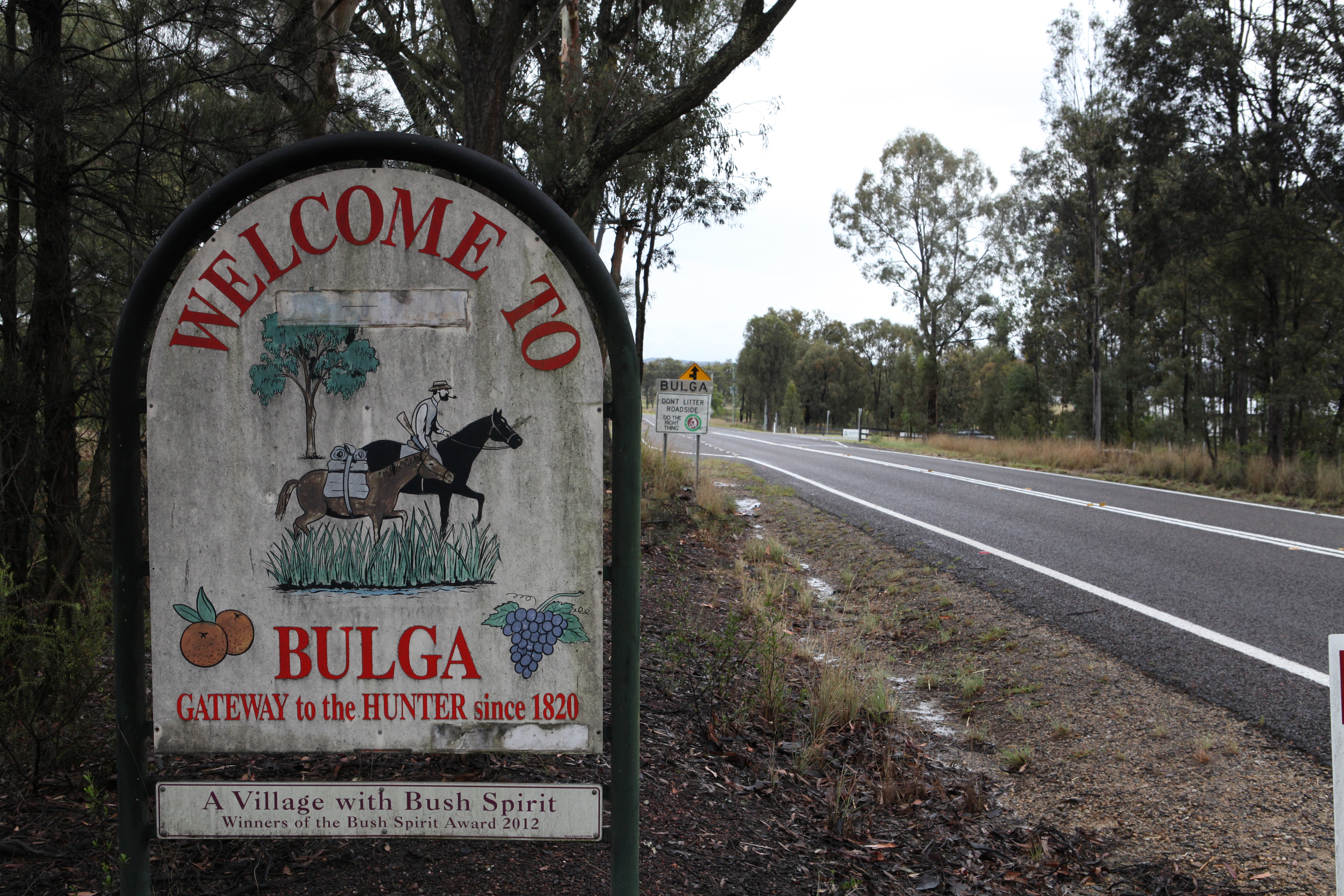
“A couple of years ago I went to the hospital with chest pains,” Judith, 77, says between raspy coughs. “I had a scan and the doctor said, ‘Have you been a lifelong smoker?’ But I’ve never had a cigarette in my life.”
The couple live in the village of Bulga, 14 miles from Singleton on the other side of the Mount Thorley Warkworth open-cut mine. They were part of a community group that twice thwarted the mine’s expansion before the state approved it in 2015.
The mine has drawn closer ever since. It now stands about 2.5 miles away, close enough to taste the dust blown off its ever-growing piles of overburden, the earth excavated in pursuit of coal. Close enough that a third of the village has left, and the pub and gas station are now owned by the mine, which is due to draw closer still in the next few years.
“They know they are going to have to turn off the tap one day,” Alan says. “In the meantime, they are going as fast as they can.”
If Singleton’s shining car dealerships and rising house prices reflect the coal industry’s boom, then places like Bulga show its costs.
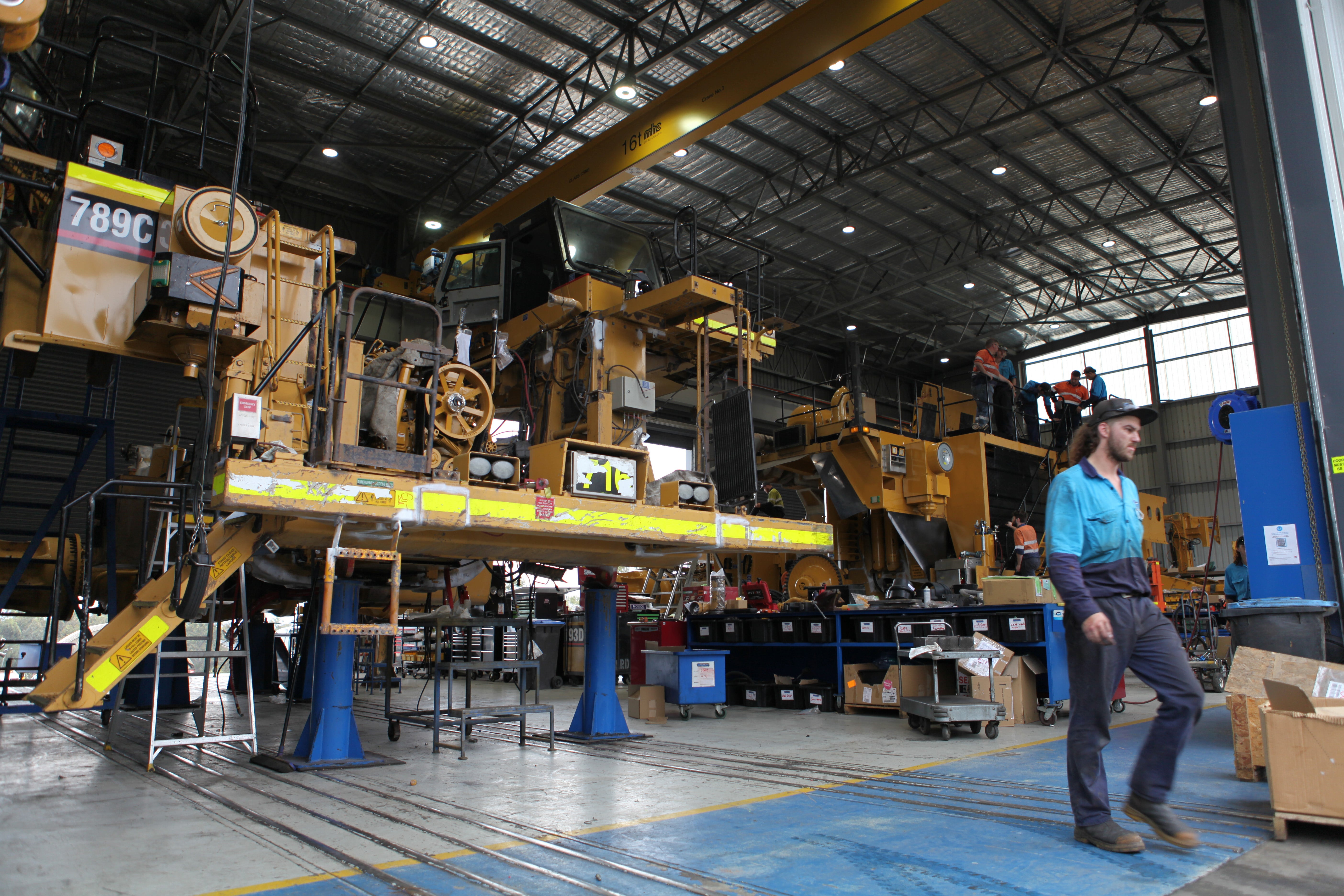
Coal mining in the Hunter Valley began with convicts, just a few years after the First Fleet landed in 1788. For nearly two centuries, the mines were almost entirely underground. But in the 1970s, new technology, including bigger dump trucks, made open-cut mining more competitive. Today, more than 55 per cent of the state’s mines are above ground.
Coal mines in the state and country have declined in number by more than a third in the past decade, but the quantity of coal exported per year has soared as mines have expanded. (Coal exports fell slightly last year due to the coronavirus pandemic and trade disputes with China.)
As the mines have altered a picturesque valley known for its grapevines and thoroughbred horses, some locals have pushed back.
“Even over just the last 10 years, the development has been astonishing,” says Kirsty O’Connell, a community activist who lives near the Mount Arthur mine 30 miles north of Singleton – an open-cut mine so big that its eponymous mountain no longer exists.
Her group, Friends of the Upper Hunter, has collected thousands of objections to mine proposals, which soon could include Mount Arthur, the license for which Australian company BHP is trying to extend from 2026 to 2045.
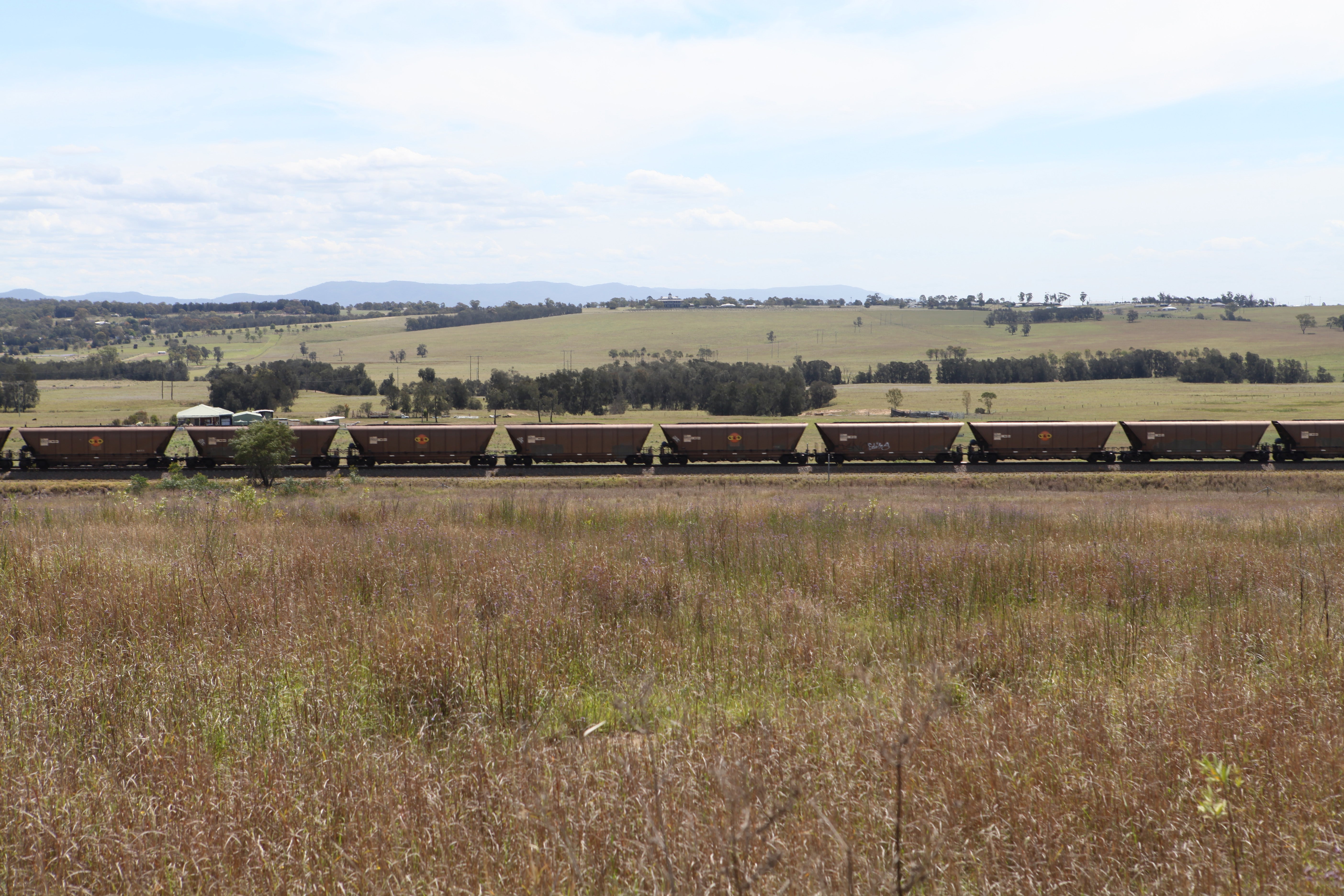
The company says it is selling the mine as it gets out of thermal coal – the type used in power plants – and goes carbon-neutral by 2050. But O’Connell and other activists say BHP should simply wind down the mine and rehabilitate it.
“BHP has a net zero by 2050 commitment and all this good climate-change talk,” says Georgina Woods of the environmental group Lock the Gate Alliance. “Here’s their opportunity to actually demonstrate it, because selling this mine after securing an extension for it is not going to help the climate.”
BHP spokesperson, Ben Dillaway, says the company’s divestment from thermal coal is part of a plan to cut emissions and not an attempt to avoid rehabilitation, which has already begun on more than 3,000 acres at Mount Arthur. He did not respond to a question about a recent report that high coal prices are leading BHP to rethink its divestment strategy.
Occasionally, objections prevail. For the past decade, Wendy Bowman has blocked the aboveground expansion of a mine 10 miles from Singleton. A judge ruled that the project could go ahead only if Bowman agreed to sell her land to the Chinese company Yancoal. Instead, the 88-year-old wrote it into her will that her children can’t sell the farm until the company’s mining lease has expired.
“I wasn't going to let them ruin all this,” Bowman says sitting on the patio overlooking her 450-acre farm, listening to cuckoos sing in the trees.
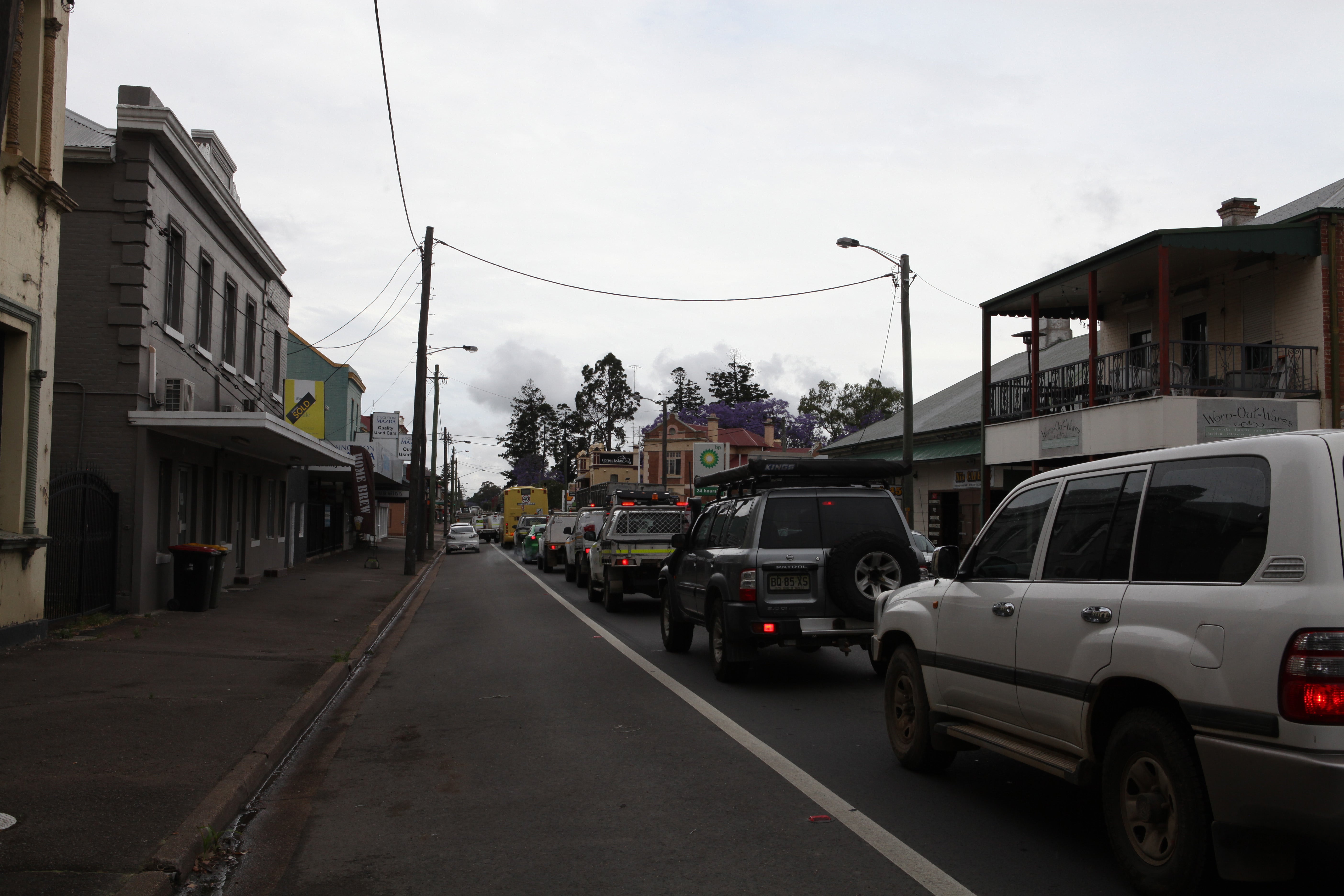
In Bulga, the Leslies and other locals thought they had stopped the Mount Thorley Warkworth mine expansion in 2013, only for state officials to change planning rules, paving the way for Rio Tinto to secure approval in 2015. The Anglo-Australian company then sold the mine to Yancoal.
The mine’s expansion has vexed vintners Tony and Judy Bainton, whose winery is a few miles from Bulga. Bush fires and hail have destroyed their past two crops, leaving them reliant on three cottages they rent through Airbnb. But blasts from nearby mines have shattered a mirror and collapsed a water tank. And giant floodlights from Mount Thorley now shine across the valley all night.
“It looks like we’re living in the middle of a city sometimes,” Tony says.
A spokesperson for Yancoal, Matthew Gerber, says that the company does not respond publicly to individual complaints but that its mines are subject to “stringent environmental approvals and licenses”. Its Mount Thorley Warkworth mine has implemented “comprehensive management and mitigation measures, including the deployment of a network of continuous real-time meteorological, air and noise quality monitoring stations to assist with day-to-day dust, air-quality and noise management”.
The Leslies moved to Bulga more than 20 years ago, when the Mount Thorley mine was smaller and the state’s Resource Ministry promised it wouldn’t be allowed to expand.
“We never saw it and we never thought about it,” Alan says. But as the mine grew bigger and closer, the dust began to collect in their water-tank filter as “black sludge,” he says. A test determined the dust was 25 per cent coal. A doctor recently prescribed a battery of tests on Judith, but the couple believes the cause of her cough can only be one thing.
“It’s the dust,” Judith says.
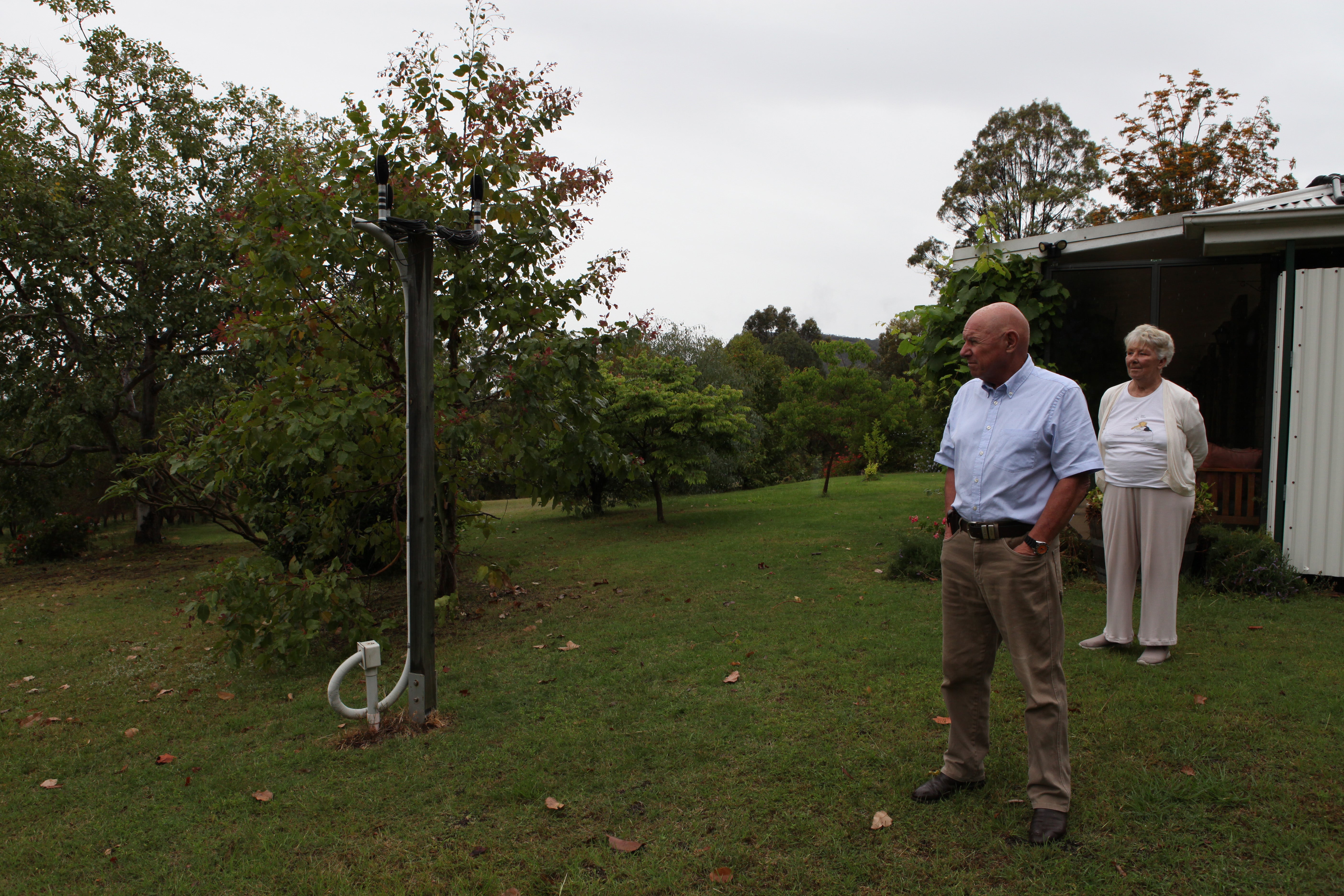
Stuart Bonds doesn’t worry about the dust. Nor does he worry about climate change, which he calls a “cult” and “a rich person’s problem”. He worries Australia’s leaders will pull the plug on coal.
“The biggest threat to our jobs and the coal-mining community as a whole is the politicians,” he says.
Bonds, a Singleton mine mechanic, won nearly 22 per cent of the vote for the right-wing One Nation party in a 2019 federal election in which climate change took centre stage.
The result was a blow to the Labour Party, which retained the seat but suffered a 14-point swing in the district and lost the nationwide election. Joel Fitzgibbon, the long-time Labour lawmaker who defeated Bonds, says the result was a warning to his party not to campaign on climate change ahead of another election next year.
“What we need to do as a Labour Party is everything we can to prevent it from being another climate election, because we’ve never won one,” says Fitzgibbon, whose decision not to run again has made his seat a toss-up.
Unlike Bonds, Fitzgibbon believes that humans are driving climate change and supports net zero emissions by 2050. But he also believes Labour would be playing into Morrison’s hands by announcing more aggressive 2030 emissions cuts now.
“Given the value of the coal export market, it would be foolish for anyone to suggest that we cease to export the product earlier than is necessary, in other words, before demand falls away,” he says.
Singleton isn’t oblivious to the global debate over the future of coal, Mayor Moore says. But miners, who make up almost a quarter of the town, earn starting salaries of well over $100,000 – what some here refer to as “golden handcuffs” that make it hard to leave the industry.
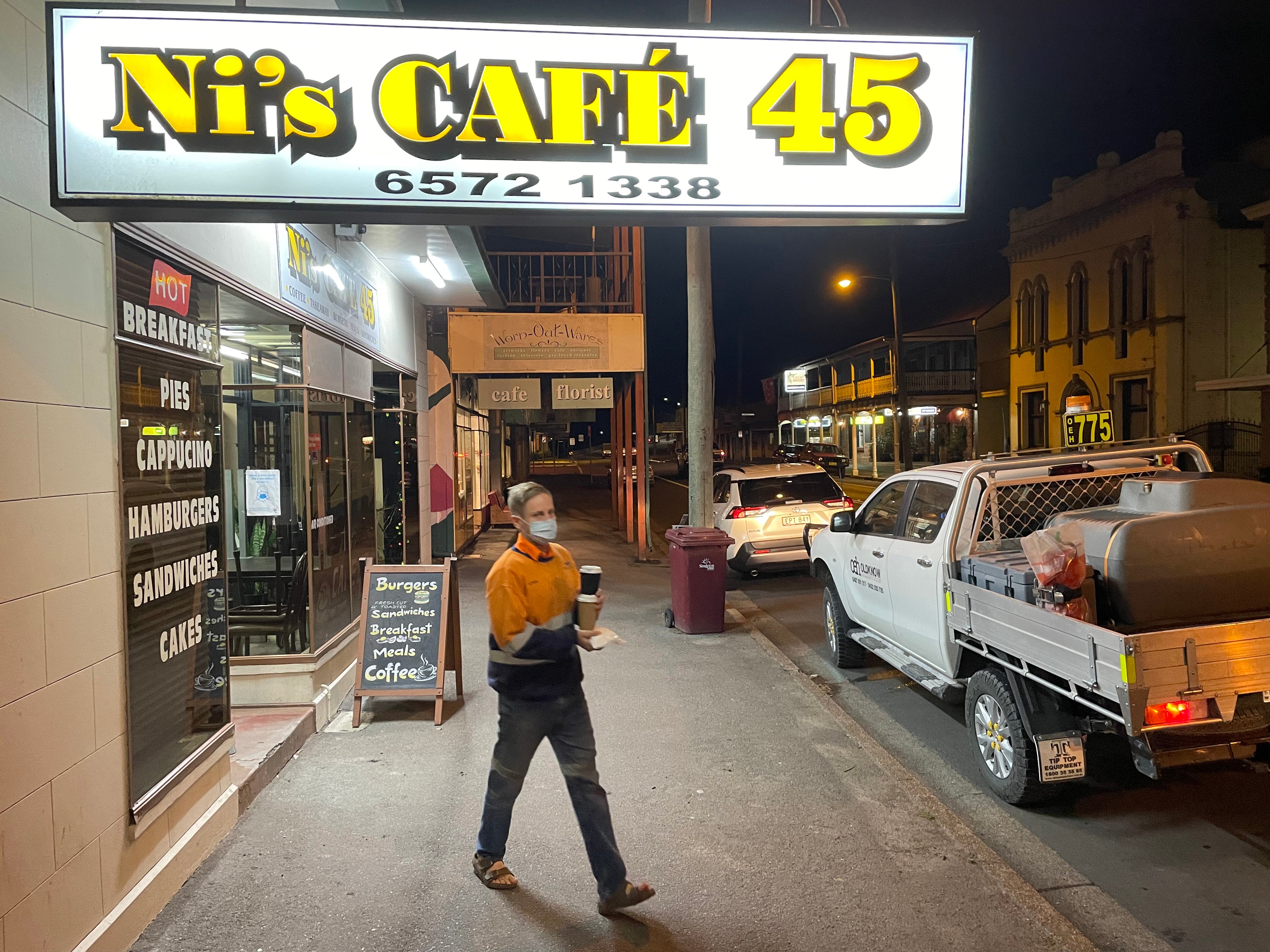
Workers in coal-fired power plants that are scheduled to close soon are thinking about their next job because “they are close to the edge of the cliff”, says Tony Maher of the Construction, Forestry, Mining and Energy Union. But miners in the midst of a boom are “less interested in that discussion at this stage”.
“Australian coal will probably be the last coal mined on the planet,” he adds, because of its quality and proximity to developing markets in Asia.
For Melanie Shore, there is little temptation to leave her mining job. But she also has little doubt about the damage the industry is causing, around the world and in the Hunter Valley.
Shore and her husband, who is also a miner, used to own their “dream home” in Bulga. But the dust was so bad they feared for their children’s health. They sold – to another miner – and moved to Singleton.
Yet, the town has its own dust problem, including high rates of asthma and other respiratory issues. A giant metal box sits in a field next to the shire council: one of several air-quality monitoring stations paid for by the mining and power-generating industries. Shore still finds herself spraying dark grey dust off her patio and pool deck.
The end of coal seems a long way off, she says, but not unimaginable. During the pandemic, her 9-year-old son went to work with her husband and came home wanting to be a miner.
Shore told the boy no.
“I don't want to see him sitting in a coal truck,” she says.
The Washington Post’s Frances Vinall in Melbourne contributed to this report
© The Washington Post
Join our commenting forum
Join thought-provoking conversations, follow other Independent readers and see their replies
Comments



Bookmark popover
Removed from bookmarks